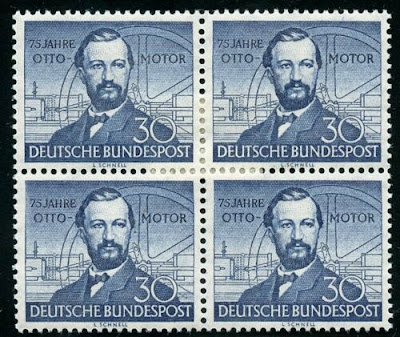1793 – The Jardin des Plantes museum opens in Paris. A year later, it becomes the first public zoo.
The Jardin des plantes (French for "Garden of the Plants"), also known as the Jardin des plantes de Paris when distinguished from other jardins des plantes in other cities, is the main botanical garden in France. The term Jardin des plantes is the official name in the present day, but it is in fact an elliptical form of Jardin royal des plantes médicinales ("Royal Garden of the Medicinal Plants"), which is related to the original purpose of the garden back in the 17th century.
Headquarters of the Muséum national d'histoire naturelle (National Museum of Natural History), the Jardin des plantes is situated in the 5th arrondissement, Paris, on the left bank of the river Seine, and covers 28 hectares (280,000 m²). Since 24 March 1993, the entire garden and its contained buildings, archives, libraries, greenhouses, ménagerie (a zoo), works of art, and specimens' collection are classified as a national historical landmark in France (labelled monument historique).
French stamps depicting Jardin des plantes
1832 Born: Nicolaus Otto, German engineer (d. 1891)
Nicolaus August Otto (14 June 1832, Holzhausen an der Haide, Nassau – 26 January 1891, Cologne) was a German engineer who successfully developed the compressed charge internal combustion engine which ran on petroleum gas and led to the modern internal combustion engine. The Association of German Engineers (VDI) created DIN standard 1940 which says "Otto Engine: internal combustion engine in which the ignition of the compressed fuel-air mixture is initiated by a timed spark", which has been applied to all engines of this type since.
German block of 4 depicting Nicolaus Otto
1926 Died: Antoni Gaudí, Spanish architect, designed the Park Güell (b. 1852)
Antoni Gaudí i Cornet (25 June 1852 – 10 June 1926) was a Catalan architect known as the greatest exponent of Catalan Modernism. Gaudí's works have a highly individualized, one-of-a-kind style. Most are located in Barcelona, including his main work, the church of the Sagrada Família.
Gaudí's work was influenced by his passions in life: architecture, nature, and religion. He considered every detail of his creations and integrated into his architecture such crafts as ceramics, stained glass, wrought ironwork forging and carpentry. He also introduced new techniques in the treatment of materials, such as trencadís which used waste ceramic pieces.
Under the influence of neo-Gothic art and Oriental techniques, Gaudí became part of the Modernista movement which was reaching its peak in the late 19th and early 20th centuries. His work transcended mainstream Modernisme, culminating in an organic style inspired by natural forms. Gaudí rarely drew detailed plans of his works, instead preferring to create them as three-dimensional scale models and moulding the details as he conceived them.
Gaudí's work enjoys global popularity and continuing admiration and study by architects. His masterpiece, the still-incomplete Sagrada Família, is the most-visited monument in Spain. Between 1984 and 2005, seven of his works were declared World Heritage Sites by UNESCO. Gaudí's Roman Catholic faith intensified during his life and religious images appear in many of his works. This earned him the nickname "God's Architect" and led to calls for his beatification.
Spanish stamps depicting Gaudi's works





No comments:
Post a Comment